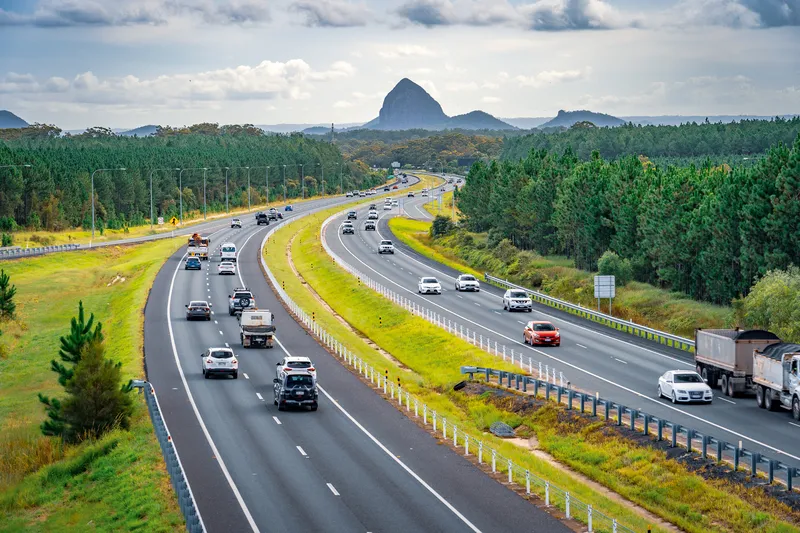A consultant's report prepared for the Australian Capital Territory ACT) Roads department found that a full-scale rollout of intelligent transportation systems could cost about US$79 million but save US$116 million per year through lower rates of accidents and traffic delays.
The government has included plans for a traffic management centre in its infrastructure, to be considered for future budget funding. The centre could eventually be linked to a network of cameras, road weather monitoring stations, v
January 21, 2014
Read time: 2 mins
A consultant's report prepared for the Australian Capital Territory ACT) Roads department found that a full-scale rollout of intelligent transportation systems could cost about US$79 million but save US$116 million per year through lower rates of accidents and traffic delays.
The government has included plans for a traffic management centre in its infrastructure, to be considered for future budget funding. The centre could eventually be linked to a network of cameras, road weather monitoring stations, variable speed signs and electronic messaging boards on major roads.
Electronic messaging signs would display estimated travel times and advise motorists of delays and alternative routes in the event of congestion or accidents.
Canberra does not have a network of cameras for traffic monitoring and the report found that authorities were reliant on the public and media to report problems.
The report recommended installing electronic traffic measures in one area initially, with cameras to be activated on other major roads in central Canberra at the same time. The system would be gradually rolled out to other major roads.
The report also suggests the use of ramp metering techniques which detect gaps in the traffic on the main road and use traffic signals to stop cars before they travel down entrance ramps on to major roads if there is heavy traffic.
The government has included plans for a traffic management centre in its infrastructure, to be considered for future budget funding. The centre could eventually be linked to a network of cameras, road weather monitoring stations, variable speed signs and electronic messaging boards on major roads.
Electronic messaging signs would display estimated travel times and advise motorists of delays and alternative routes in the event of congestion or accidents.
Canberra does not have a network of cameras for traffic monitoring and the report found that authorities were reliant on the public and media to report problems.
The report recommended installing electronic traffic measures in one area initially, with cameras to be activated on other major roads in central Canberra at the same time. The system would be gradually rolled out to other major roads.
The report also suggests the use of ramp metering techniques which detect gaps in the traffic on the main road and use traffic signals to stop cars before they travel down entrance ramps on to major roads if there is heavy traffic.










